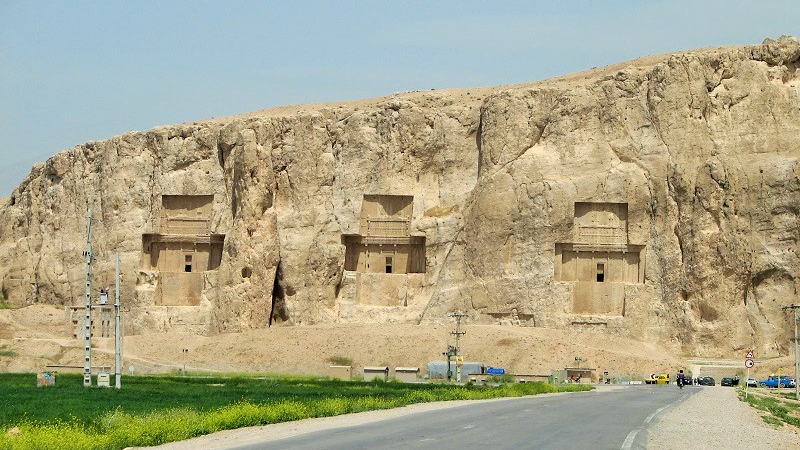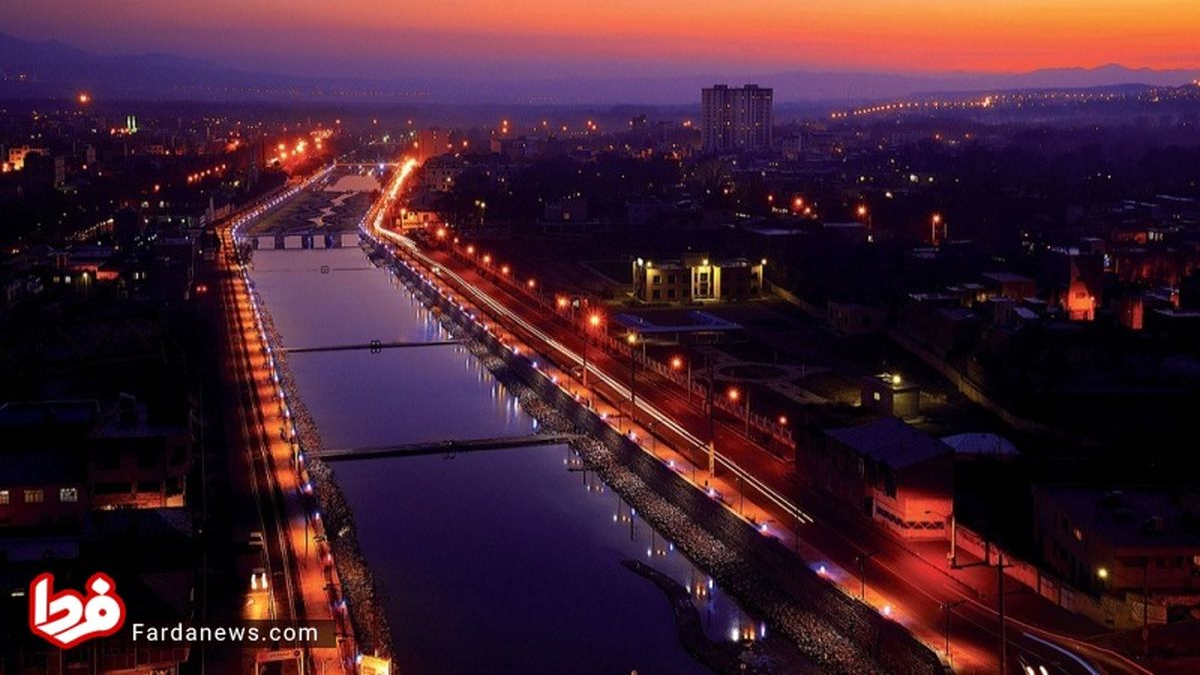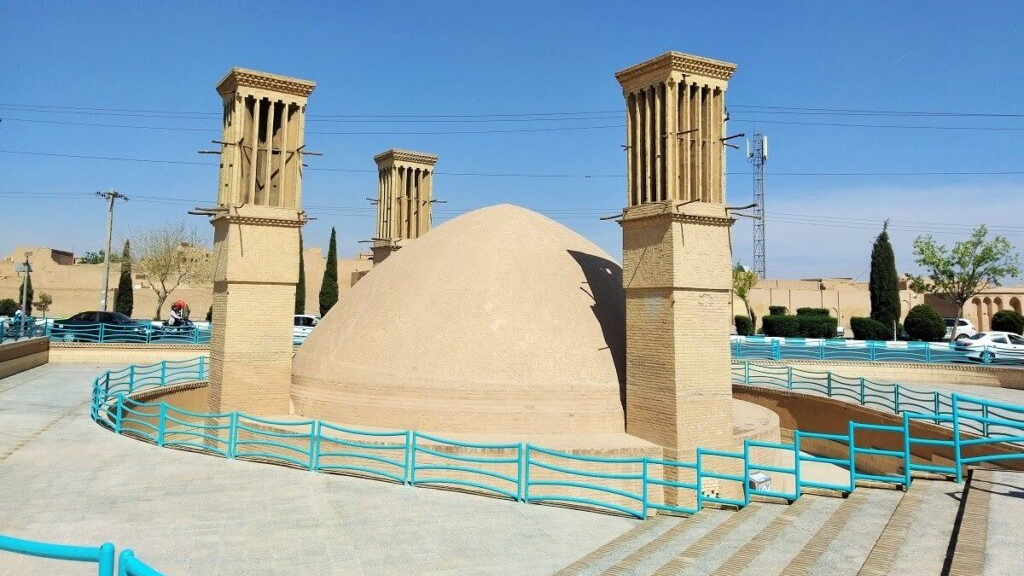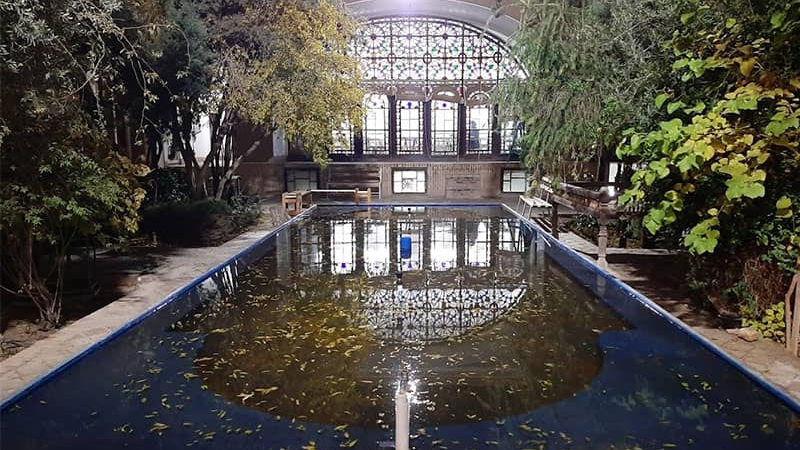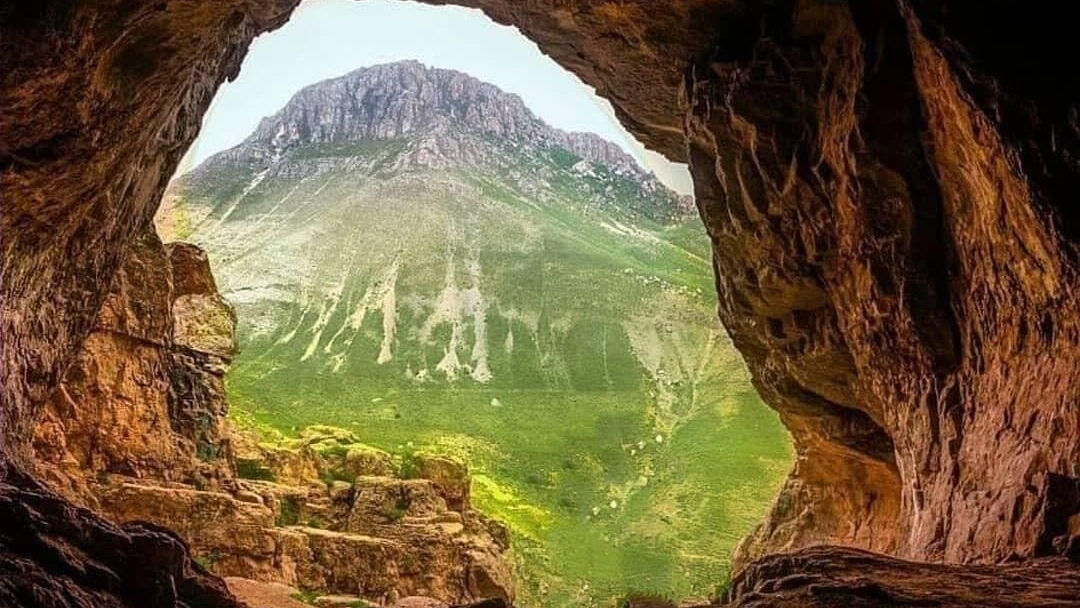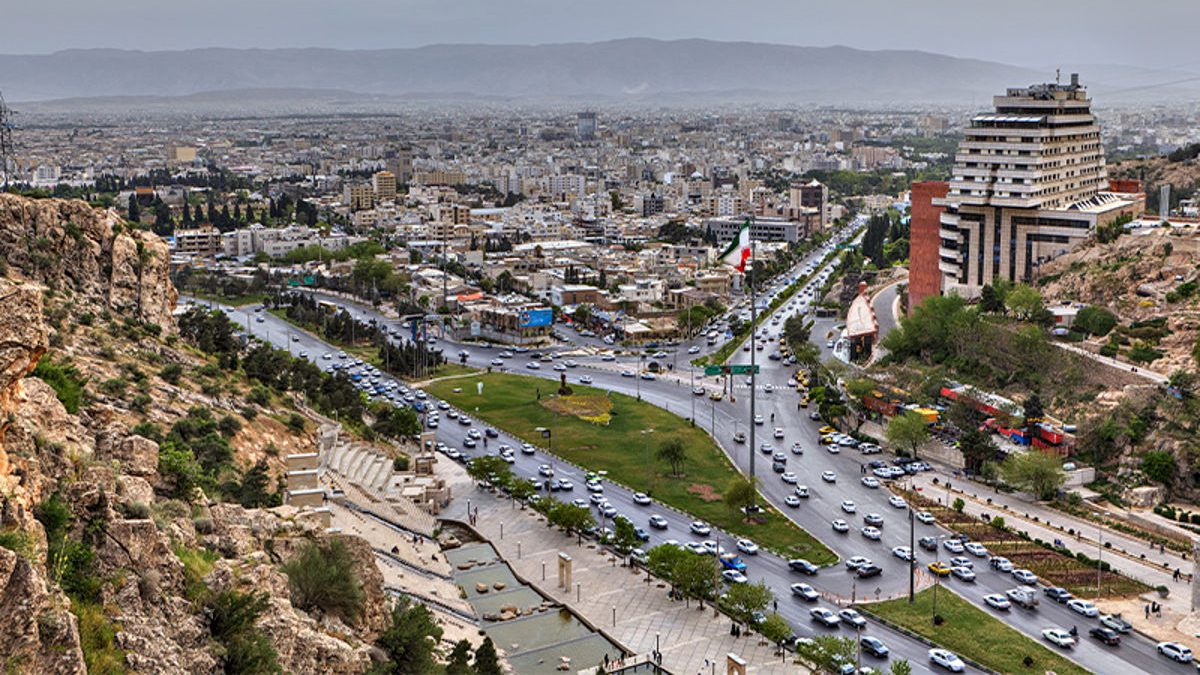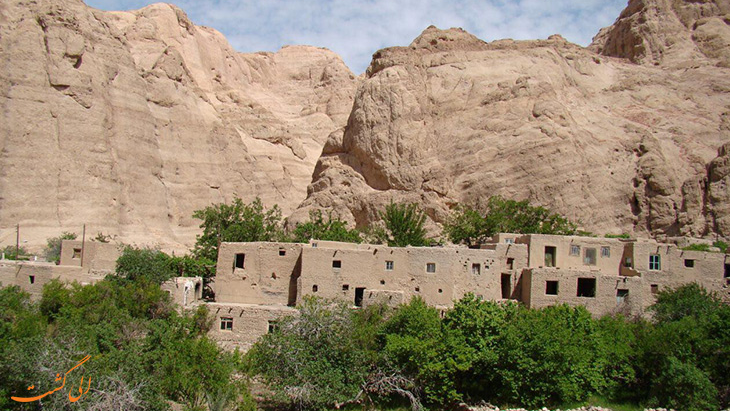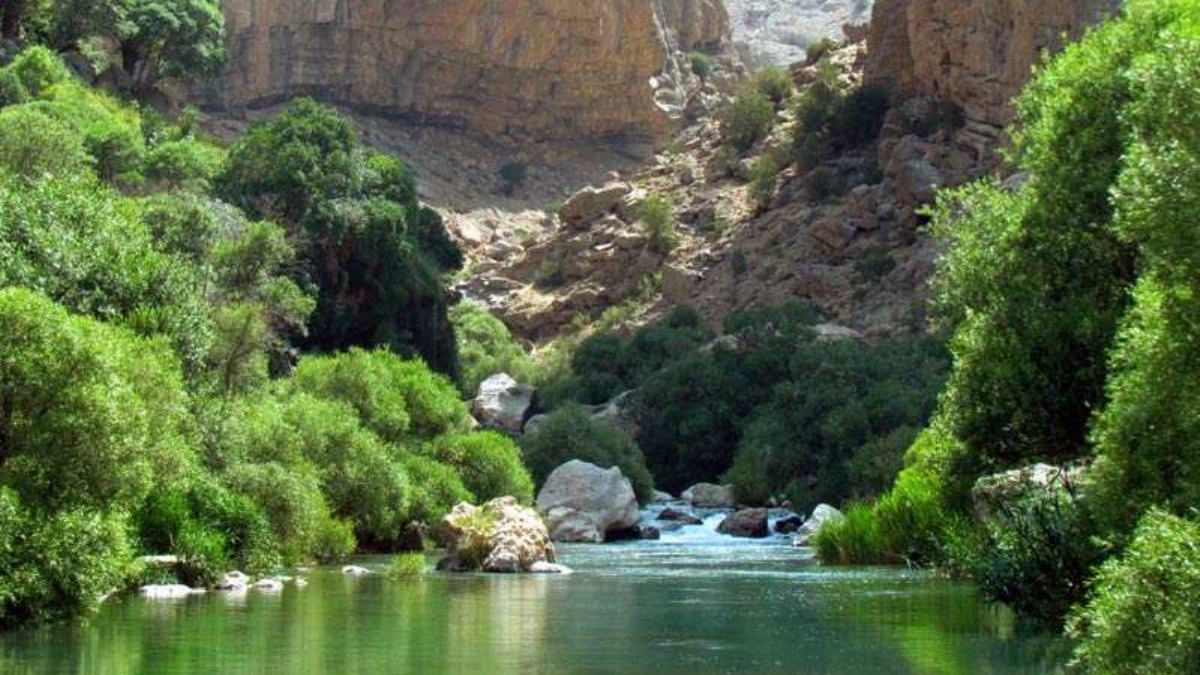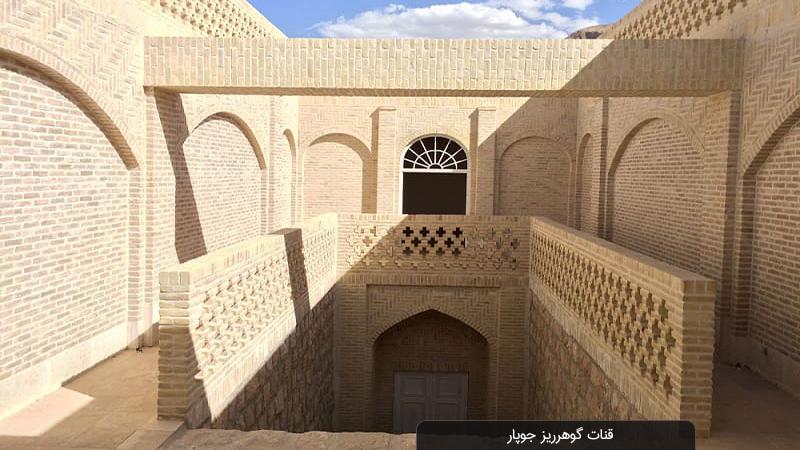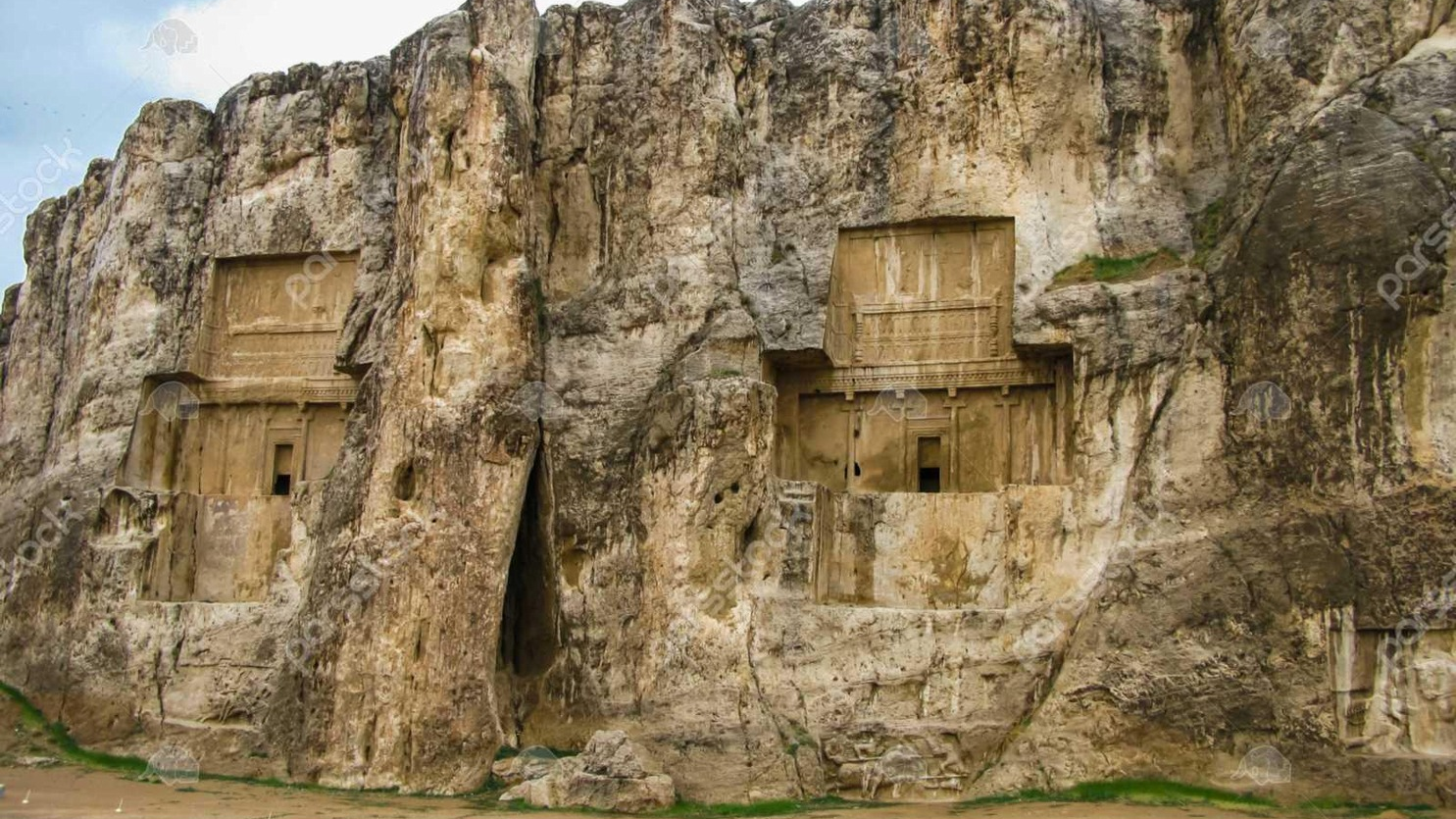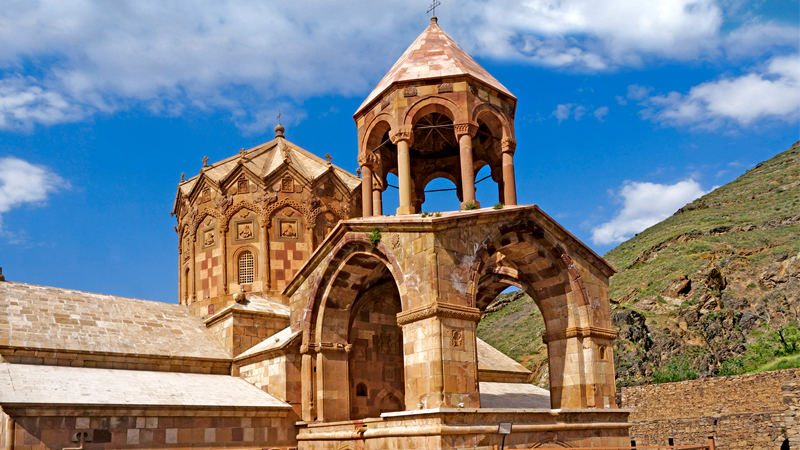
Haji Khan Castle of Esfandabad
There is a castle in Esfandabad Village of Abarkuh city, the longevity of which dates back to the Qajar era (18th century). This building, which is known as Haji Khan Castle of Esfandabad, was built on the remains of an older castle.
Esfandabad Village
Esfandabad is one of the villages of Abarkuh County, the longevity of which. according to some experts, most probably dates back to more than three thousand years ago. This village is located On a flat plain that has a gentle slope toward the east. The climate of Esfandabad is hot and dry, and like other cities and villages that were built in the hot and dry areas of the central desert of Iran, the main materials used in its buildings are adobe and clay.
Since this village was located on a flat plain and was not protected by natural obstacles from possible dangers such as attack by hooligans, therefore, several castles were erected in this village, of which Haji Khan Castle is the biggest, most resilient, and most beautiful.
History of Esfandabad Village
According to historical texts, Esfandabad was known as Esfandar in the past and was considered one of the 12 large villages of the region. Earlier, this village was a part of Isfahan Province in the administrative divisions of the country, but it is now a part of Abarkuh City of Yazd Province.
It seems that the village is older than the historical city of Abarkuh. This village was located on the Silk Road in the past and that is why many rulers used to pass through it during their wars. The main route connecting to the Silk Road passed through the Sefidkuh and Ghalatkuh Mountains, 12 kilometers south of Esfandabad, and was known as “Camel Road” among the people of this village.
Where Is Esfandabad Located?
The distance between Esfandabad and Abarkuh cities is about 170 km and 30 km respectively. The height of this village is 1472 meters above sea level and its current population is estimated to be more than 1500 people. The village is located in the west of the Abarkuh Desert and the access road to it is completely paved. Esfandabad leads to the internal Zagros Mountain Range from the west, which is considered the chain of Eqlid Mountains. This village also neighbors the Herat Desert and Marvast City in the east.
Esfandabad Climate
Esfandabad has a hot and dry climate, and the difference between night and day temperatures and little rainfall are the characteristics of its climate. The winters of this village are mild and the summers are hot and very dry. In winter, the temperature reaches minus 10 degrees Celsius and in summer it goes up to 43 degrees.
The annual rainfall of Esfandabad is about 75 mm. The precipitation in Esfandabad is mainly in the form of rain and snow is rarely seen there. Rainfall also often occurs in the last months of winter and early spring. The water needed by the village is supplied through the qanats which have a history of thousands of years. The total length of these qanats reached 430 km in the past.
Features of Haji Khan Castle of Esfandabad
This building consists of different sections. There is a guard room above the southern wing of the castle. This room was built to protect the castle and to alert the residents whenever someone approached the castle. There are also four towers on the four sides of the castle.
The castle guard room has several slanted holes or arrow slits. These holes are designed to target the enemy in times of danger. Also, the guard room of this castle was built in such a way that it can be easily seen when someone arrives behind the castle doors.
In addition, there are three main sections in the interior of Haji Khan Castle of Esfand Abad:
- Farmers section: Farmers and workers were residing in this section.
- Khan Neshin Section: This is where Haji Khan and his family lived.
- Cellar: This section was used as the castle prison.
In addition, another part was built away from the main castle, which served as a stable and a pen. This section can pen up to 100 animals.
In addition, another part was built away from the main castle, which served as a stable and a pen. This section can pen up to 100 animals.
Haji Khan Castle has high walls and towers. Meanwhile, the walls around the building are shorter than the building itself. The building walls are 10 meters tall while the towers stand at 11.5 meters, and the surrounding walls are 8 meters. Also, the thickness of the walls around the castle is about 250 cm.
Haji Khan Castle of Esfandabad was inscribed on the list of Iran’s national heritage in the year 2019 AD.
Since Esfandabad Village was located on a flat plain and was not protected by natural obstacles from possible dangers such as attack by hooligans, therefore, several castles were erected in this village, of which Haji Khan Castle is the biggest, most resilient, and most beautiful.
| Name | Haji Khan Castle of Esfandabad |
| Country | Iran |
| State | Yazd |
| City | Abarkuh |
| Type | Historical |
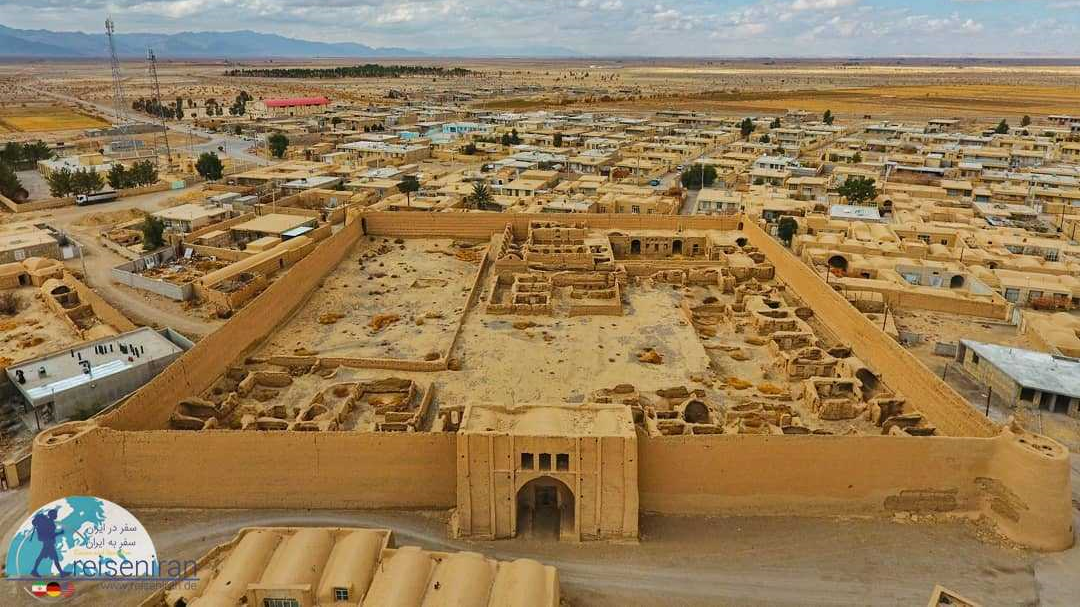
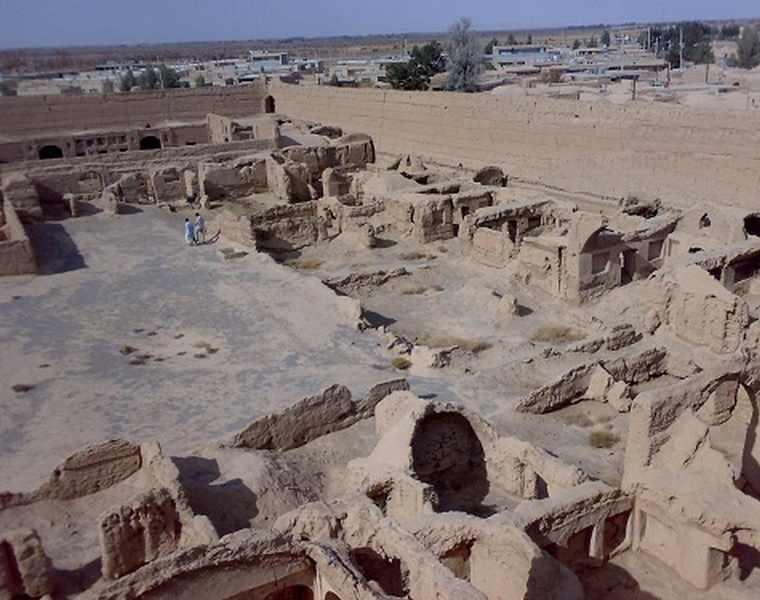
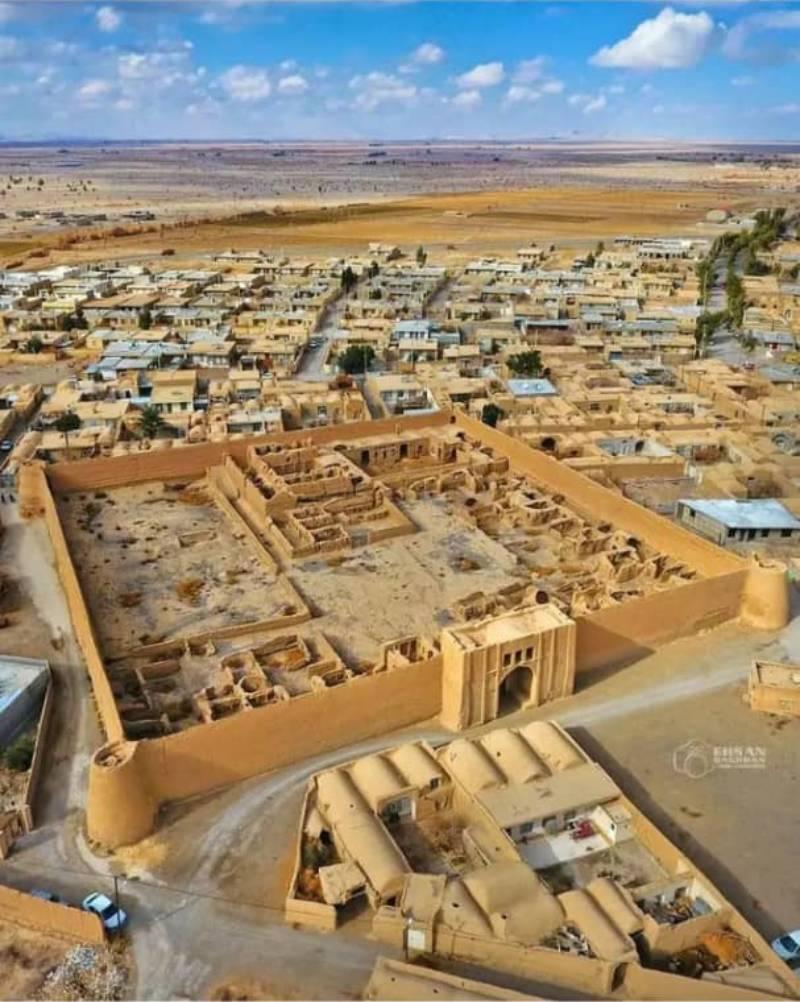



Choose blindless
Red blindless Green blindless Blue blindless Red hard to see Green hard to see Blue hard to see Monochrome Special MonochromeFont size change:
Change word spacing:
Change line height:
Change mouse type:
